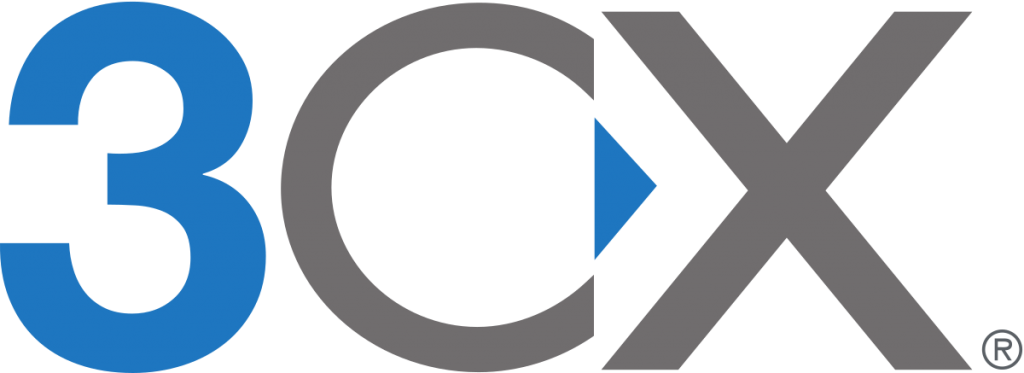The serial ESPA 4.4.4 interface is one of the communication protocols defined by the ESPA (European Selective Paging Manufacturer’s Association) to control fire alarm, call light, personal call and phone systems.
The HL7 communication standard specially developed for the healthcare industry standardises communications between the various systems and necessary interfaces. HL7 was developed in the U.S. and has long been an official standard there. Back in 1987, an organisation was established to track the standardisation of communications in hospitals and the entire healthcare industry – the Health Level Seven group, HL7 for short. HL7 is used when connecting medical devices.
ESPA-X is a proprietary successor of the ESPA 4.4.4 protocol and based on TCP/IP and XML.
The ‘Lightweight Directory Access Protocol” (LDAP) is a network protocol used to execute queries and modifications in a distributed directory service and acquire user data.
Modbus RTU is a serial communications protocol based on a master/slave architecture. It was created in 1979 to facilitate communications with stored programme controls. Modbus has since become established as a defacto industry standard in its form as a open protocol. Modbus RTU is used as a standard interface for connecting control systems, building services technology, stored programme controls, and intelligent terminals, etc.
Modbus TCP is the network-compatible version of the Modbus protocol. Since 2007, the version has formed part of the IEC 61158 standard.
The simplest way to transfer messages (digital in/outputs, measured values). Used in all sectors.
The Simple Network Management Protocol (SNMP) is a network protocol that was developed to monitor and control network elements (routers, servers, switches, printers, computers, etc.) from a central station. In this regard, the protocol governs communications between the monitored devices and the monitoring station. Network management tasks relevant for SNMP include: Monitoring network components, remote control and remote configuration of network components along with fault detection and notification.
The VDS 2465 protocol governs the communication of hazard and status notifications (e.g. fire, intruder, fault notifications). The uniform transmission protocol for risk notifications for transmission systems is used for the serial connection of a hazard alarm system to a transmission device and further via a transmission centre to a control unit. The serial protocol is partially integrated and can be adapted and expanded to IP if required.
Extensible Markup Language, XML in short, is a markup language used to present hierarchically structured data in a text file, which can be read by both humans and machines. XML is also used for platform and implementation-independent data exchanges between computer, phone and subsystems.
The serial ESPA 4.4.4 interface is one of the communication protocols defined by the ESPA (European Selective Paging Manufacturer’s Association) to control fire alarm, call light, personal call and phone systems.
The HL7 communication standard specially developed for the healthcare industry standardises communications between the various systems and necessary interfaces. HL7 was developed in the U.S. and has long been an official standard there. Back in 1987, an organisation was established to track the standardisation of communications in hospitals and the entire healthcare industry – the Health Level Seven group, HL7 for short. HL7 is used when connecting medical devices.
ESPA-X is a proprietary successor of the ESPA 4.4.4 protocol and based on TCP/IP and XML.
The ‘Lightweight Directory Access Protocol” (LDAP) is a network protocol used to execute queries and modifications in a distributed directory service and acquire user data.
Modbus RTU is a serial communications protocol based on a master/slave architecture. It was created in 1979 to facilitate communications with stored programme controls. Modbus has since become established as a defacto industry standard in its form as a open protocol. Modbus RTU is used as a standard interface for connecting control systems, building services technology, stored programme controls, and intelligent terminals, etc.
Modbus TCP is the network-compatible version of the Modbus protocol. Since 2007, the version has formed part of the IEC 61158 standard.
The simplest way to transfer messages (digital in/outputs, measured values). Used in all sectors.
The Simple Network Management Protocol (SNMP) is a network protocol that was developed to monitor and control network elements (routers, servers, switches, printers, computers, etc.) from a central station. In this regard, the protocol governs communications between the monitored devices and the monitoring station. Network management tasks relevant for SNMP include: Monitoring network components, remote control and remote configuration of network components along with fault detection and notification.
The VDS 2465 protocol governs the communication of hazard and status notifications (e.g. fire, intruder, fault notifications). The uniform transmission protocol for risk notifications for transmission systems is used for the serial connection of a hazard alarm system to a transmission device and further via a transmission centre to a control unit. The serial protocol is partially integrated and can be adapted and expanded to IP if required.
Extensible Markup Language, XML in short, is a markup language used to present hierarchically structured data in a text file, which can be read by both humans and machines. XML is also used for platform and implementation-independent data exchanges between computer, phone and subsystems.
Temeno uses DECT text messaging interfaces from various manufacturers to support handy features, such as alert acknowledgement and setting various ring tones and display colours for different emergency situations






Temeno uses DECT text messaging interfaces from various manufacturers to support handy features, such as alert acknowledgement and setting various ring tones and display colours for different emergency situations





